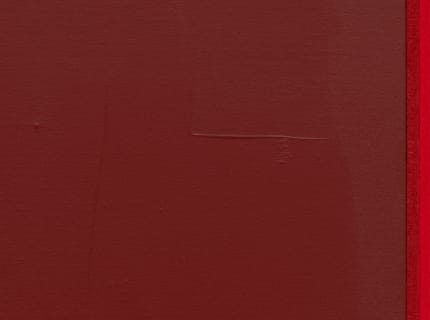I think about sound both sculpturally and architecturally. Sound has a long relationship with art objects, going back to the intonarumori (noise machines) conceived and constructed in 1913 by the Italian futurist artist Luigi Russolo. My installation for the Cantor Roof Garden Commission at the Metropolitan Museum of Art (The Met) in New York – a trio of sculptural forms inspired by string instruments and a floor-based ‘conductor’, collectively titled Ensemble (2025) – draws on this lineage of sound sculpture.
For my solo exhibition, ‘A Line When Broken Begins Again’, which opens this month at the Pulitzer Arts Foundation in St. Louis, I’m presenting a new version of RPM (2018), the ambient audio collage that I first showed at The Glass House in New Canaan. There has always been a debate among artists and institutions around emptiness and a feeling that sound isn’t enough to shape space. I have learned over the years to lean into sparsity: it fills space in unexpected ways.
Typically, I listen to music when I make work, but right now I’m in a gap of quiet in the studio. I need that aural palate cleanser and a moment to be still, so that I can return to music with new energy. Silence has an important role in my work, and there’s a formal relationship between my use of silence and historical silencing more broadly. Modernism in America was shaped during the postwar period, at a time when so much exciting Black music was also being made, but the bridge between the two was never built. My aesthetic strategies allow me to talk about the absence of these histories and push them to the fore. For example, my sculpture of a one-string at The Met is an homage to Louis Dotson and Moses Williams, two improvisers from Mississippi who performed on handmade versions of the instrument, and whose contributions to the history of avant-garde music have been all but forgotten.
In my painting practice, sound and silence occur abstractly. I use specific colours for their visual and sonic tonality. The collaged elements of architectural felt or acoustic panels on my canvases become voids – blocked-out tones, moments of rest or silence, as opposed to volumes indicating notes. I do have a kind of synaesthetic association to sound and colour, or a physiological response to and understanding of what colours mean sonically. I often want to assign a note to a colour and I thought a lot, for instance, about the deep black-red used in the works at both The Met and the Pulitzer, which I hear as a ‘D’.
...
Read full article at frieze.com

